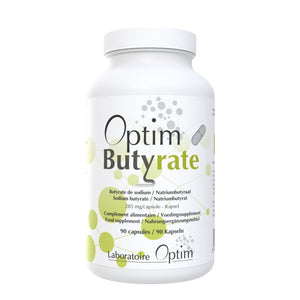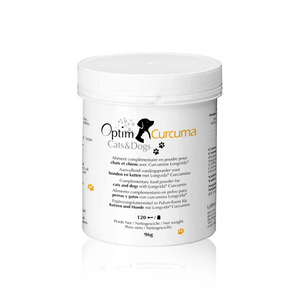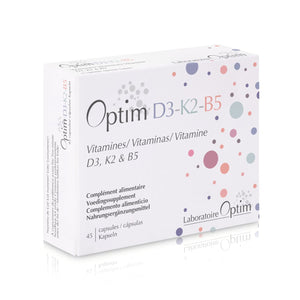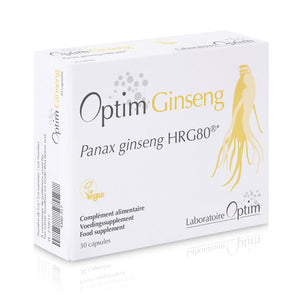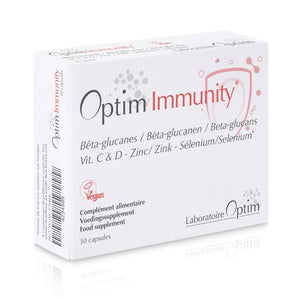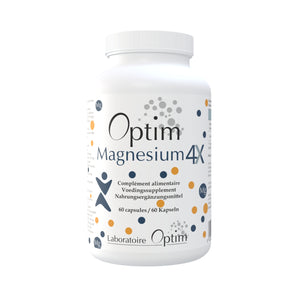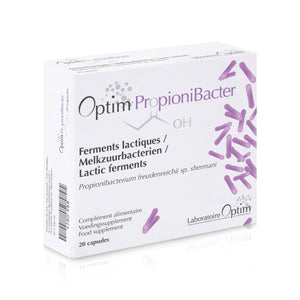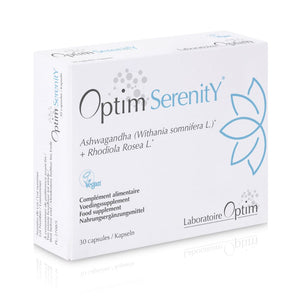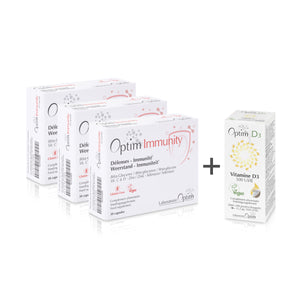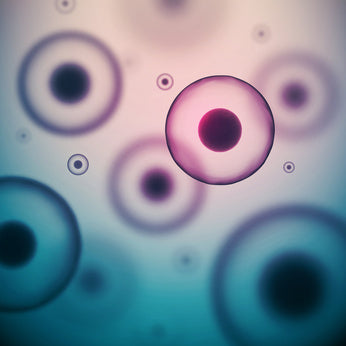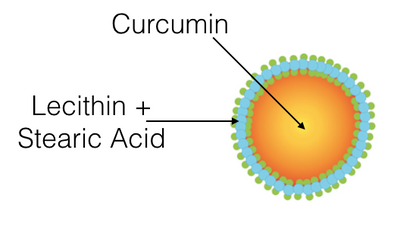What are beta-glucans?
Beta-glucans are types of polysaccharides.
Where do beta-glucans come from? What food contains beta-glucans?
They are found in cereals such as oats and barley, in some algae, fungi and yeast.
Their properties are related to their origin and chemical structure. For example, beta-glucans from mushrooms and yeast (beer or bread: Saccharomyces cerevisiae) have different properties than oat beta-glucans.
Beta-glucans structures
Beta-glucans are polysaccharide chains consisting of several D-glucose units linked together by beta 1-3 and beta 1-4 bonds, with or without branching. The structure of beta-glucans depends on their origin and determines their health benefits:
Beta-glucans from oats and barley are composed of unbranched linear chains with beta 1-3 and beta 1-4 bonds. They are considered to be fibres. Beta-glucans from oats and barley have a prebiotic effect. In contrast, yeast or mushroom beta-glucans are composed of linear chains with beta 1-3 bonds and lateral branches with beta 1-6 bonds.
Therefore, when we talk about yeast and mushroom beta-glucans, we call them beta-1,3/1,6-glucans. The difference between the two lies in the length of the branches. Cereal beta-glucans have been demonstrated to have prebiotic properties owing to their ability to pass undigested through the gastro-intestinal  Source: What types of beta-glucans are there, and what are their health benefits? (Pizarro, 2014)
Source: What types of beta-glucans are there, and what are their health benefits? (Pizarro, 2014)
What are the benefits of beta-glucans?
Beta-glucans are not digested or absorbed by our digestive system because humans do not have the enzymes to break them down. They therefore arrive intact in the small intestine.
Oat or barley beta-glucans for cholesterol and glucose levels
Cereal beta-glucans act as dietary fibre.
Consumption of at least 4 g of oat or barley beta-glucans per day as part of a meal helps to reduce the rise in blood glucose levels after that meal. (EFSA)
Yeast and mushroom beta-glucans
It has been proposed that yeast and fungal beta-glucans are involved in the Peyer's patches located in the membrane of the small intestine. Peyer's patches are one of the sites of activation of the immune response in the gut (De Marco Castro, 2020; Bashir, 2017).

Beta-glucans with vitamin C
Co-administration of beta-glucans and vitamin C seems to have a synergistic effect (San Mauro-Martín, 2015).
How much beta-glucans to take?
Recommended doses of yeast beta-glucans are between 100 and 900 mg/day.
To maintain normal cholesterol and blood sugar levels, a daily dose of 3 and 4 g respectively of oat or barley beta-glucans is recommended.
Are beta-glucans from yeast safe?
According to the European Food Safety Authority (EFSA), consuming Saccharomyces cerevisiae yeast is common in bakery products and homebrew populations. Regarding the use of yeast beta-glucans in food supplements,
EFSA allows a maximum of 1275 mg/day for adults and children over 12 years and 675 mg/day for children under 12 years.
Source
Bashir KMI, Choi JS. Clinical and Physiological Perspectives of β-Glucans: The Past, Present, and Future. Int J Mol Sci. 2017 Sep 5;18(9):1906.
De Marco Castro E, Calder PC, Roche HM. β-1,3/1,6-Glucans and Immunity: State of the Art and Future Directions. Mol Nutr Food Res. 2020 Mar 29:e1901071.
Pizarro C, Sebastián; Ronco M, Ana María y Gotteland R, Martín. ß-glucanos: ¿qué tipos existen y cuáles son sus beneficios en la salud?ß-glucans: what types exist and what are their health benefits? Rev. chil. nutr.
